 From historian Dee Brown's 1994 The American West:
From historian Dee Brown's 1994 The American West:
The Cowboy came late into Western mythology. As there was no cattle industry until after the Civil War, mid-nineteenth-century writers had no sources on which to draw. Thomas Pilgrim, using the pseudonym Arthur Morecamp, published Live Boys, an authentic fictionalized account of cattle trailing in 1878, but not until 1885 did a real cowboy write a book about his experiences.
. . .
The reality of a A Texas Cow Boy was not to endure. In 1902 The Virginian appeared. He and the long line of soft-voiced knights on horseback who succeeded him have since dominated the legend.
The Virgnian's pistol came out, and his hand lay on the table, holding it unaimed. And with a voice as gentle as ever, the voice that sounded almost like a caress, but drawling a very little more than usual, so that there was almost a space between each word, he issued his order to the man Trampas: ---"When you call me that, smile."
That is the most famous scene in Western fiction, from the book that J. Frank Dobie has called the "classic cowboy novel without cows." The author was Owen Wister, Harvard graduate and Philadelphia lawyer, who went west on a visit for the first time in 1885, the year Charlie Siringo's A Texas Cow Boy made its appearance.
The image of the horseman as cavalier had moved across the Old South into Texas, and then as the Texas cattlemen went north into Wyoming and Montana to claim the open ranges as feudal barons, they carried with them this vision of knighthood. The ranchers were the last cavaliers, the knights of the range, in strong contrast to the Crockett Almanacs' bumptious vulgarians. . . .
The Virginian became a best-seller immediately, and for the first time a Western story achieved respectability. It was bound in cloth, stocked in public libraries, and could be read by Americans openly in family living rooms. Made respectable by The Virginian, the Western story began to flourish in cloth covers. Emerson Hough compromised with historical truth for the sake of the myth; Zane Grey averaged almost two titles a year for a generation as a prolific make-believer. Bertha Muzzy-Sinclair, one of the few women writing Westerns, created Chip of the Flying U in 1906. Chip and his punchers rode the Montana ranges in book after book, cavorting and conversing with all the good clean fun of the Rover Boys.
Probably the most enduring of all make-believe cowboy folk heroes, Hopalong Cassidy was in 1910, the creation of Clarence E. Mulford. Hopalong was Don Quixote played straight, and like some other synthetic Western heroes owes his fame more to the moving pictures than to the printed word. For in those innocent buoyant years of the new century, when Americans were reading The Virginian and its many imitations, a new invention brought nickelodeons into downtown streets. The makers of these moving pictures quickly discovered that the Western scenarios were among the most popular, and during their heyday one of the axioms of the industry was that a "horse opera" rarely lost money.
Like all early moving pictures, the first Westerns were simple in plot and characterization, with good and evil in a sharp, unreal contrast. In one of these first ventures, The Life of a Cowboy (1906), there are four standard scenes---a bar, a stagecoach, a holdup, and a chase. For many decades the pattern remained the same.
Real cowboys, of course, rarely ever saw a stagecoach, and when they did the chances of its being held up were remote. They visited saloons much less frequently than New Yorkers, and seldom chased anything more villainous than a bad-tempered steer. But from that day to this the mythology has thrived, with shadow heroes subduing evil in a shadowland of gods and demigods, a West the pioneers never knew and probably never imagined in their wildest dreams.
Tags: Dee Brown, west, cowboys




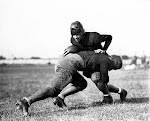
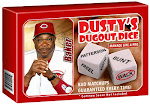
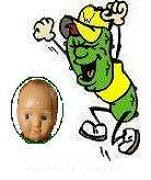

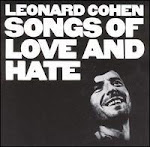



.jpg)


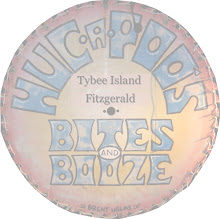
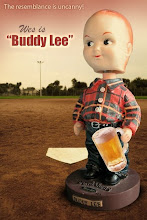
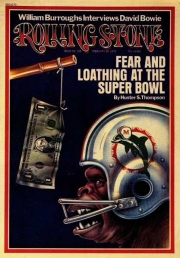

No comments:
Post a Comment